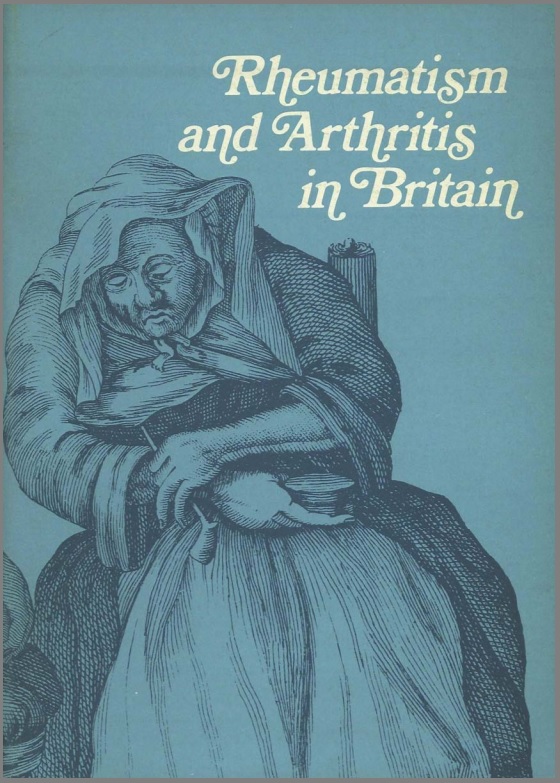Unlocking the Value of Combination Therapies

During the past Century the general improvement in living standards and the development of modem medicine have eliminated infectious disease as a major cause of mortality in Britain. The life expectancies of the average man and woman have been considerably extended so that…
During the past Century the general improvement in living standards and the development of modem medicine have eliminated infectious disease as a major cause of mortality in Britain. The life expectancies of the average man and woman have been considerably extended so that the great majority of people now survive to become liable to the chronic conditions associated with advancing age.
The rheumatic diseases are one of the most widespread of these forms of complaint in all the developed countries. They resulted in over 37 million working days being lost in Britain during the year 1970-71. And they are the major cause of physical handicap amongst all age groups, causing especially widespread pain and disability amongst the elderly. A recent government social survey (Harris 1971) reported that well over one million people in this country have rheumatic conditions which cause them significant physical impairment.
This paper looks at the rheumatic diseases with special reference to the availability of methods for preventing where possible either their occurrence or their destructive effects and painful symptoms. It also examines the degree to which the symptoms of these illnesses are affected by the physical and social environments of those who suffer from them and the significance of such findings in health and welfare service planning.
Rheumatism and Arthritis in Britain
